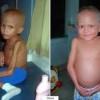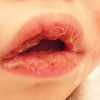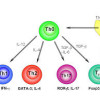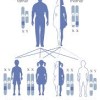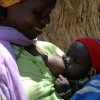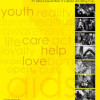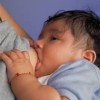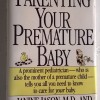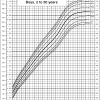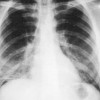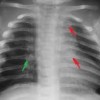Clinical predictors of bloodstream infections and mortality in hospitalized Malawian children
Abstract
BACKGROUND: In sub-Saharan Africa, bloodstream infections (BSI) are a major cause of pediatric mortality. Because of limited resources and facilities in these developing countries, treatment often must be based solely on clinical observations and patient history and includes the use of broad spectrum antimicrobials, a factor in the emergence of antibiotic resistance.… Read more
